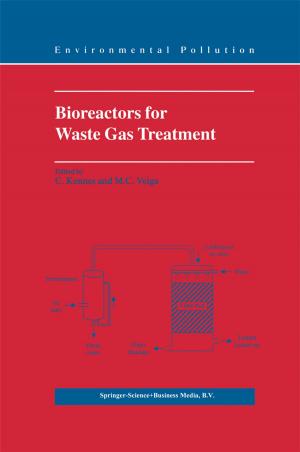The Natural philosophy of Emanuel Swedenborg
A Study in the Conceptual Metaphors of the Mechanistic World-View
Nonfiction, Religion & Spirituality, Philosophy, History, Criticism, & Surveys, Science & Nature, Science, Other Sciences| Author: | David Duner | ISBN: | 9789400745605 |
| Publisher: | Springer Netherlands | Publication: | July 31, 2012 |
| Imprint: | Springer | Language: | English |
| Author: | David Duner |
| ISBN: | 9789400745605 |
| Publisher: | Springer Netherlands |
| Publication: | July 31, 2012 |
| Imprint: | Springer |
| Language: | English |
Although Emanuel Swedenborg (1688–1772) is commonly known for his spiritual philosophy, his early career was focused unnatural science. During this period, Swedenborg thought of the world was like a gigantic machine, following the laws of mechanics and geometry. This volume analyzes this mechanistic worldview from the cognitive perspective, by means of a study of the metaphors in Swedenborg’s texts. The author argues that these conceptual metaphors are vital skills of the creative mind and scientific thinking, used to create visual analogies and abstract ideas. This means that Swedenborg’s mechanistic and geometrical worldview, allowed him to perceive the world as mechanical and geometrical. Swedenborg thought ”with” books and pens. The reading gave him associations and clues, forced him to interpret, and gave him material for his intellectual development.
Although Emanuel Swedenborg (1688–1772) is commonly known for his spiritual philosophy, his early career was focused unnatural science. During this period, Swedenborg thought of the world was like a gigantic machine, following the laws of mechanics and geometry. This volume analyzes this mechanistic worldview from the cognitive perspective, by means of a study of the metaphors in Swedenborg’s texts. The author argues that these conceptual metaphors are vital skills of the creative mind and scientific thinking, used to create visual analogies and abstract ideas. This means that Swedenborg’s mechanistic and geometrical worldview, allowed him to perceive the world as mechanical and geometrical. Swedenborg thought ”with” books and pens. The reading gave him associations and clues, forced him to interpret, and gave him material for his intellectual development.















